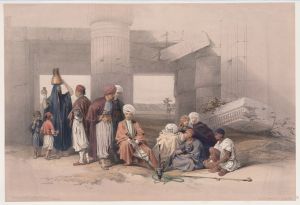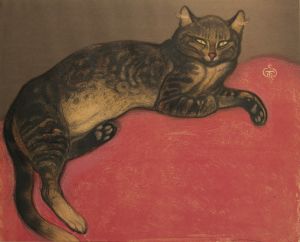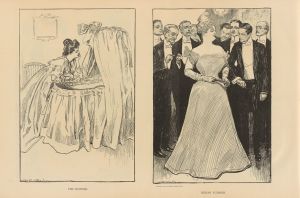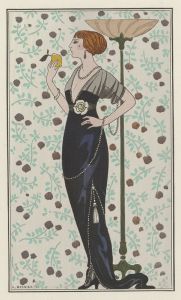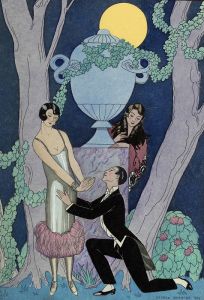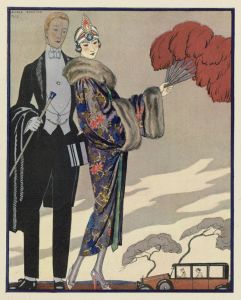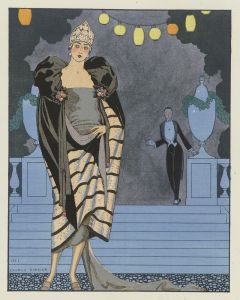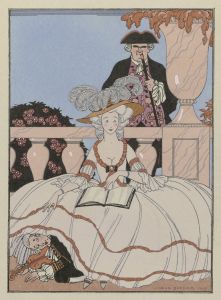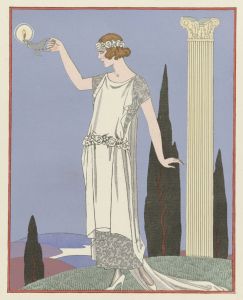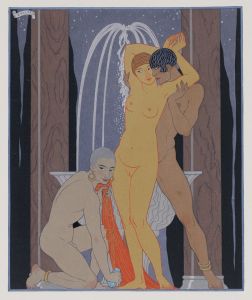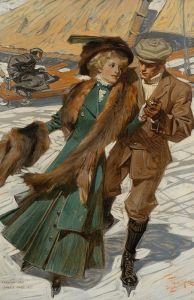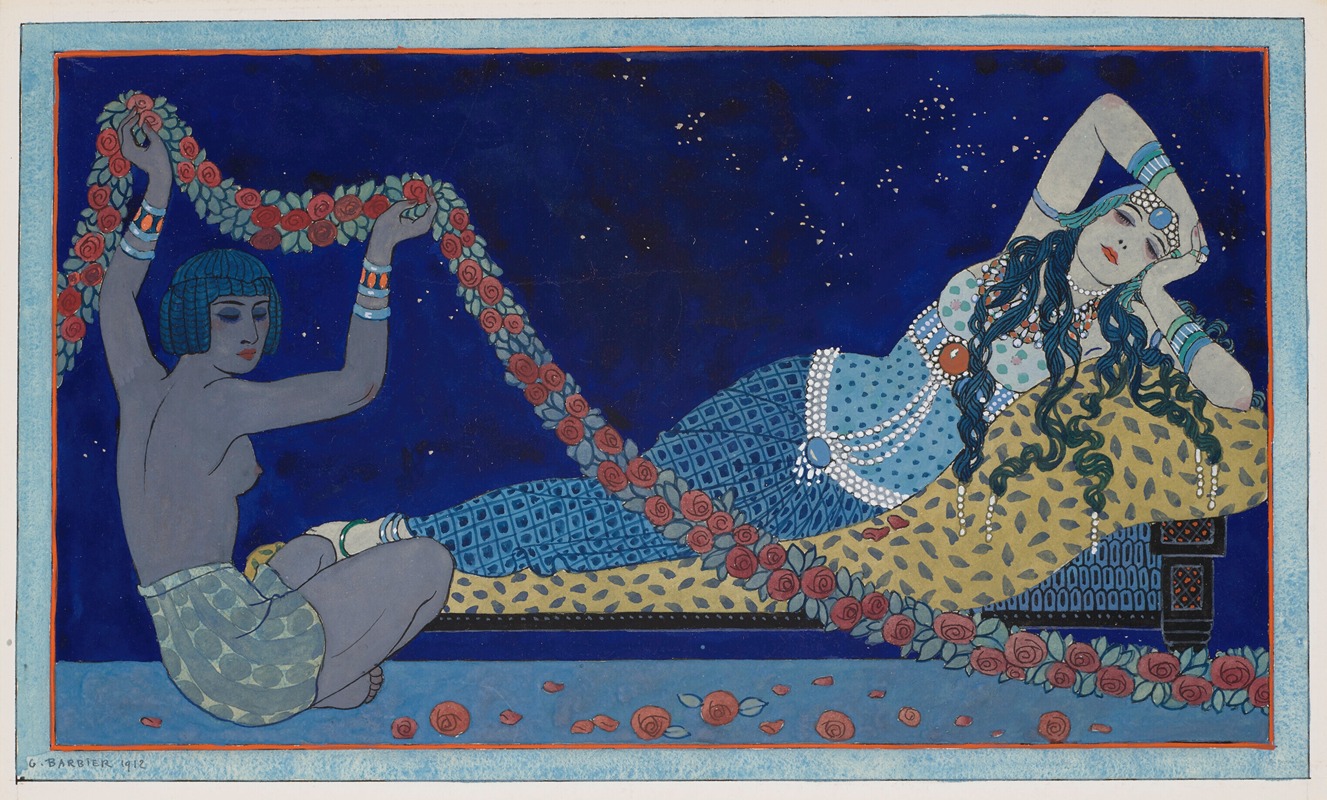
Cleopatra
A hand-painted replica of George Barbier’s masterpiece Cleopatra, meticulously crafted by professional artists to capture the true essence of the original. Each piece is created with museum-quality canvas and rare mineral pigments, carefully painted by experienced artists with delicate brushstrokes and rich, layered colors to perfectly recreate the texture of the original artwork. Unlike machine-printed reproductions, this hand-painted version brings the painting to life, infused with the artist’s emotions and skill in every stroke. Whether for personal collection or home decoration, it instantly elevates the artistic atmosphere of any space.
George Barbier (1882-1932) was a prominent French illustrator and designer, known for his contributions to the Art Deco movement. One of his notable works is the illustration "Cleopatra," which exemplifies his distinctive style and artistic approach. Barbier's work often featured elegant and stylized figures, intricate patterns, and a strong sense of theatricality, all of which are evident in his depiction of Cleopatra.
Barbier's "Cleopatra" captures the legendary Egyptian queen in a moment of regal poise and opulence. The illustration is characterized by its meticulous attention to detail and the use of vibrant colors, which bring the scene to life. Cleopatra is portrayed wearing elaborate, richly adorned garments that reflect her royal status. Her attire includes intricate jewelry, a headdress, and flowing robes, all of which are rendered with Barbier's signature precision and flair.
The background of the illustration complements Cleopatra's grandeur, featuring ornate patterns and motifs that evoke the splendor of ancient Egypt. Barbier's use of geometric shapes and bold lines is typical of the Art Deco style, which sought to combine modernist aesthetics with luxurious and exotic elements. This approach is evident in the way he blends historical references with contemporary design principles, creating a timeless and visually striking image.
Barbier's "Cleopatra" is not just a representation of the historical figure but also a reflection of the early 20th-century fascination with ancient civilizations and their perceived glamour and mystery. During this period, there was a renewed interest in ancient Egypt, spurred by archaeological discoveries and popular culture. Barbier's work taps into this zeitgeist, offering a romanticized and idealized vision of Cleopatra that aligns with contemporary tastes and sensibilities.
In addition to his work as an illustrator, George Barbier was also involved in fashion design, theater, and ballet. His illustrations often appeared in high-end fashion magazines, such as "Gazette du Bon Ton" and "Vogue," where he collaborated with leading designers of the time. Barbier's ability to blend fashion, art, and theatricality made him a key figure in the Art Deco movement, and his works continue to be celebrated for their elegance and sophistication.
Overall, George Barbier's "Cleopatra" is a testament to his artistic skill and his ability to capture the essence of his subjects with grace and style. The illustration remains a notable example of Art Deco illustration and a reflection of the cultural trends of the early 20th century.





![Colossus in front of Temple of Wady Saboua [Wadi al-Sabua], Nubia.](/imgs/217471/s/david-roberts-colossus-in-front-of-temple-of-wady-saboua-wadi-alsabua-nubia-503a97c9.jpg)
